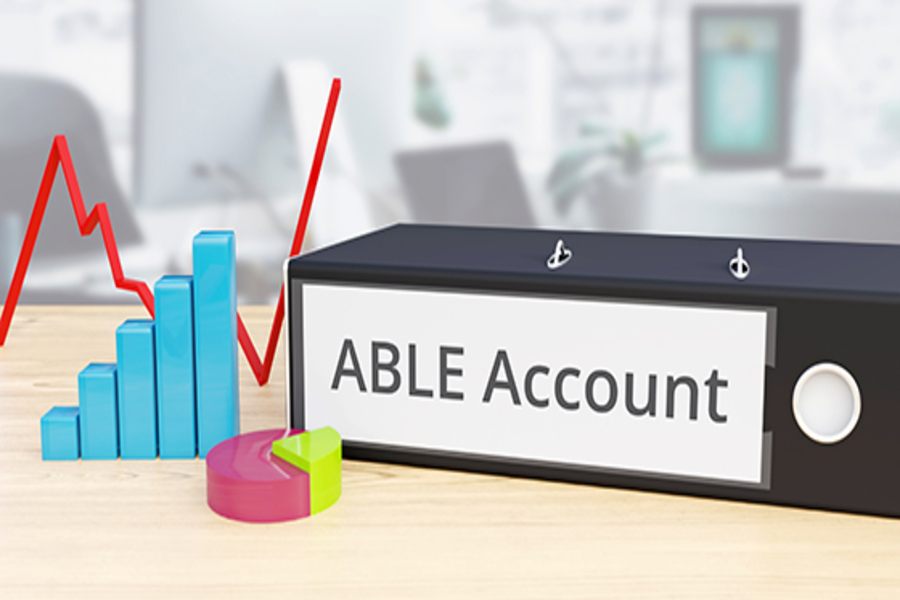Disabled Family Members May Be Able to Benefit from ABLE Accounts

If you have family members with disabilities, there may be a tax-advantaged way to save for their needs — without having them lose eligibility for the government benefits to which they’re entitled. It can be done though an Achieving a Better Life Experience (ABLE) account, which is a tax-free account that can be used for disability-related expenses. The SECURE 2.0 law made changes that will allow more people to be eligible for these accounts, beginning in 2026.
Eligibility rules
ABLE accounts can be created by eligible individuals to support themselves, by family members to support their dependents, or by guardians for the benefit of the individuals for whom they’re responsible. Anyone can contribute to an ABLE account. While contributions aren’t tax-deductible, the funds in the account are invested and grow free of tax.
Eligible individuals must be blind or disabled — and currently must have become so before turning age 26. However, SECURE 2.0 increases this age to 46, beginning on January 1, 2026.
In addition, eligible individuals must be entitled to benefits under the Supplemental Security Income (SSI) or Social Security Disability Insurance (SSDI) programs. Alternatively, an individual can become eligible if a disability certificate is filed with the IRS for him or her.
Distributions from an ABLE account are tax-free if used to pay for expenses that maintain or improve the beneficiary’s health, independence or quality of life. These expenses include education, housing, transportation, employment support, health and wellness costs, assistive technology, personal support services, and other IRS-approved expenses.
If distributions are used for non-qualified expenses, the portion of the distribution that represents earnings on the account is subject to income tax — plus a 10% penalty.
More details
Here are some other key factors:
- An eligible individual can have only one ABLE account. Contributions up to the annual gift-tax exclusion amount, currently $17,000, may be made to an ABLE account each year for the benefit of an eligible person. If the beneficiary works, he or she can also contribute part, or all, of his or her income to their account. (This additional contribution is limited to the poverty-line amount for a one-person household.)
- There’s also a limit on the total account balance. This limit, which varies from state to state, is equal to the limit imposed by that state on qualified tuition (§529) plans.
- ABLE accounts have no impact on an individual’s Medicaid eligibility. However, ABLE account balances in excess of $100,000 are counted toward the SSI program’s $2,000 individual resource limit. Therefore, an individual’s SSI benefits are suspended, but not terminated, when his or her ABLE account balance exceeds $102,000 (assuming the individual has no other assets). In addition, distributions from an ABLE account to pay housing expenses count toward the SSI income limit.
- If made before 2026, the designated beneficiary can claim the saver’s credit for contributions to his or her ABLE account.
Many choices
ABLE accounts are established under state programs and there are many choices. An account may be opened under any state’s program (if the state allows out-of-state participants). The funds in an account can be invested in a variety of options and the account’s investment directions can be changed up to twice a year.
(This is Blog Post #1441)


